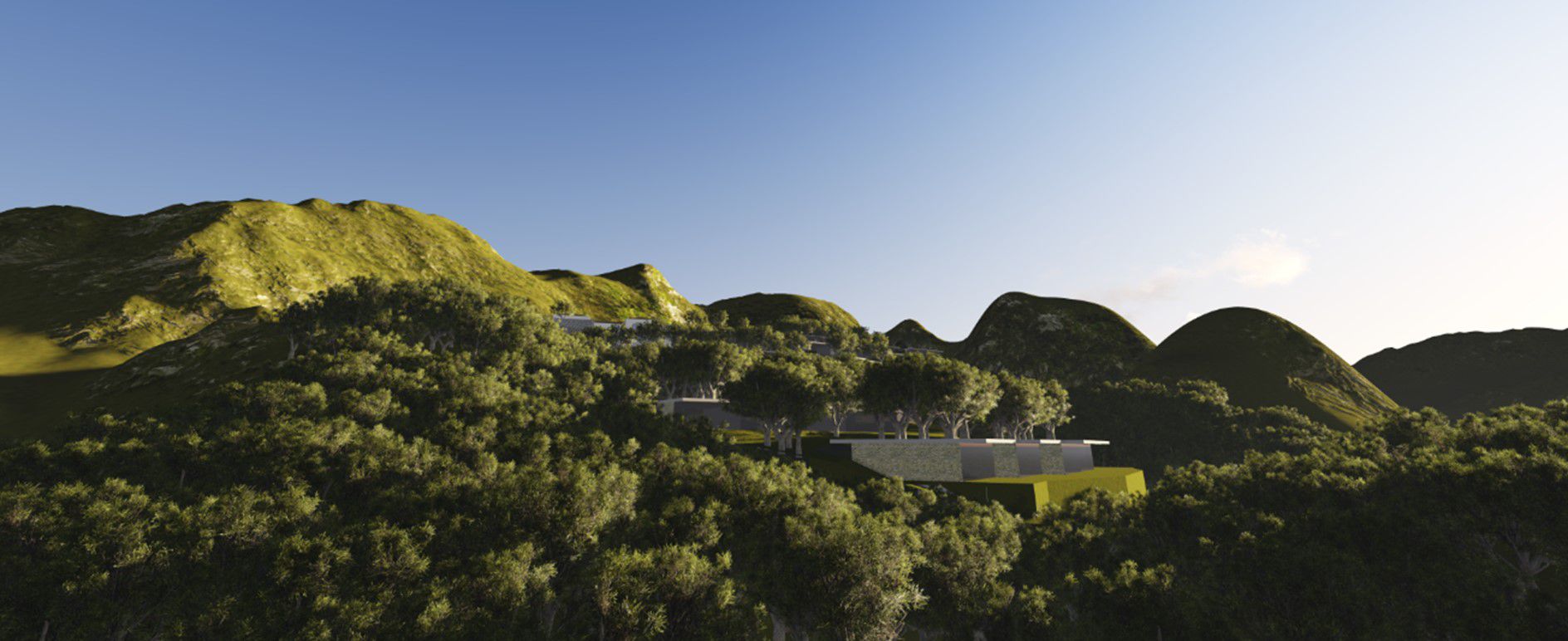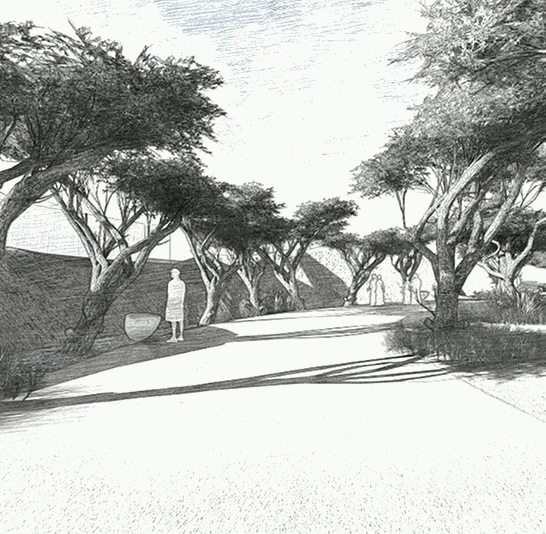
Designing destinations with Lumion
WATG are landscape architects, planners, architects, interior designers and strategists. They employ around 400 people split fairly evenly between four hub offices in Hawaii, London, Singapore and California. These are supported by satellites in Dubai and Istanbul.
Having started using Lumion in Singapore, it’s now spread to all offices and there is certainly something of a Lumion buzz around WATG caused by the radical impact that Lumion has on the WATG workflow. Tal Aisenberg, Senior Landscape Architect and Gary Murphy, Associate and Design Technology Manager & Senior Architectural Technologist, of the London office talked to the Lumion Team about the WATG Lumion experience.

How has Lumion affected WATG?
“It’s completely changed our workflow! As a result, there’s a lot of hype about Lumion around WATG. We used to use external renderers usually from overseas countries, for example China and Argentina. You name it, we tried it. But turnaround time was typically about 10 days. With Lumion, the results are almost instantaneous and that has significantly changed the workflow in terms of feedback and managing iterations.”
Has WATG’s service to its clients improved due to Lumion?
“Yes. With the previous workflow, we often had the problem: “Now I see it, I’m not sure I like it”. Because of the speed with which we can get design feedback internally and from our clients, enabled by Lumion, we don’t get that problem anymore. Delays and misunderstandings are minimized because of the ‘live’ feedback through Lumion.”
“When we have big projects, often there is a tightly specified protocol about what tools get used in which review forums. Lumion was used more as a fast-feedback tool at the beginning of its implementation in WATG but we have tried it more recently in the top level feedback sessions with the client on big, prestigious projects and they loved it!”

Does WATG use Lumion differently depending on the project?
“Yes a lot. For example, architectural renders usually need to be a bit more realistic, whereas urban planning renders should often appear a bit less realistic and conceptual and that’s where all the artistic possibilities and sketch effects in Lumion are very handy. It’s always good to have a wide pallet of effects available and luckily Lumion has that and continues to develop more.”
What do you see as the main advantages of Lumion to WATG?
“I’ve mentioned the workflow transformation leading to a significant reduction in iteration time of visualizations. This is the greatest benefit but there are other advantages too. The fact that Lumion can handle such large scenes is a big plus. There’s nothing out there that can do that. We know because we have a specialism in landscape architecture and we often work with large models.
We used to have a lot of crashes in our previous workflow, when trying to import large scenes but Lumion can handle pretty much anything without problems. The landscape team haven’t managed to break it yet, although they keep trying to push the boundaries towards ever larger scenes!”
“The other big advantage of Lumion over other software is its learning curve. Basically anyone can use it and it takes very little time for them to learn. That opens up a lot of possibilities and removes the need to have dedicated visualization experts or a visualization department.
People can teach themselves and gradually improve as they practice. It also provides options to spread the workload and avoid visualization bottlenecks due to people being overloaded with work. We used to ‘stop and hand it over’; no need for that any more. We just quickly do the visualizations ourselves.”

“The fact that Lumion can handle such large scenes is a big plus. There’s nothing out there that can do that.”
Tal Aisenberg, Senior Landscape Architect
How important is visualization?
“It’s always played a massive role in the design process as a way to provide feedback and discuss a project, and then iterate towards a better design. Whether it be hand-drawn sketches, 2D CAD drawings or 3D flythroughs visualization is crucial. But as technology has moved on, more things are becoming possible.
Lumion is at the cutting edge of opening up this possibility to large numbers of designers and architects who previously would have found it difficult or impossible to take the step towards 3D visualization. Before long, it will be an essential part of remaining competitive.”
Any advice to those using Lumion?
“WATG has adopted Lumion across the world in all offices and we are definitely getting benefits from it. We have dedicated computers for Lumion because it requires a good graphics card. We weren’t really aware of this when we first tried Lumion but it’s clearly been advantageous for us to get the right hardware.”


Anything else?
“There are features here and there that we would like to add to Lumion but my main message is ‘don’t worry about your software, it works!’ You guys are clearly the world leaders in visualization software for architecture, so keep up the good work!”